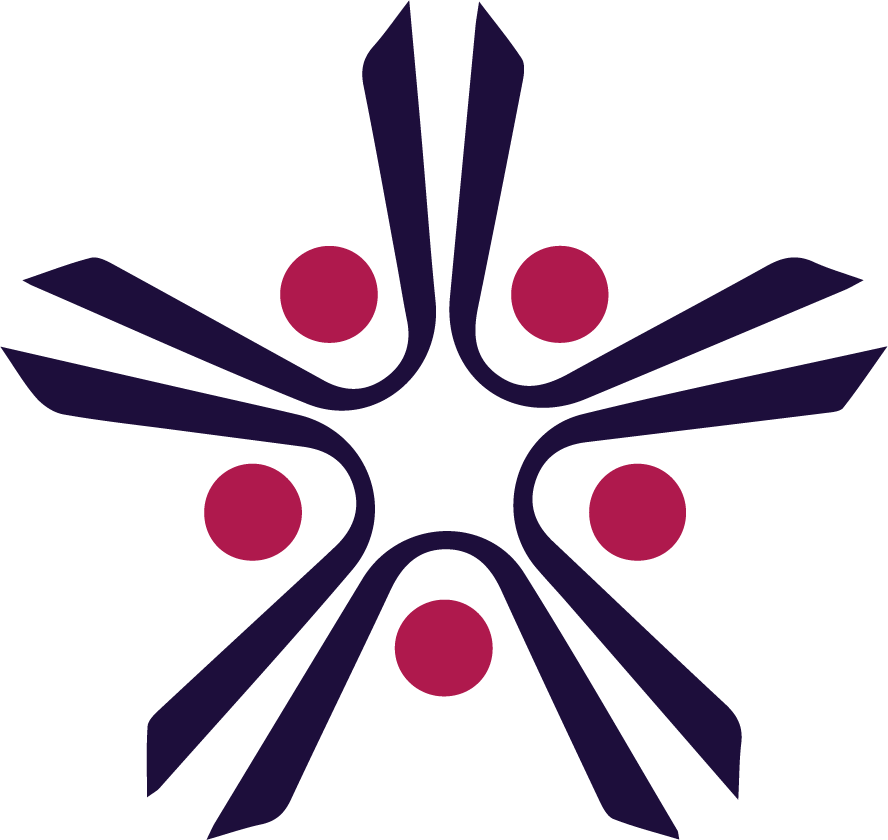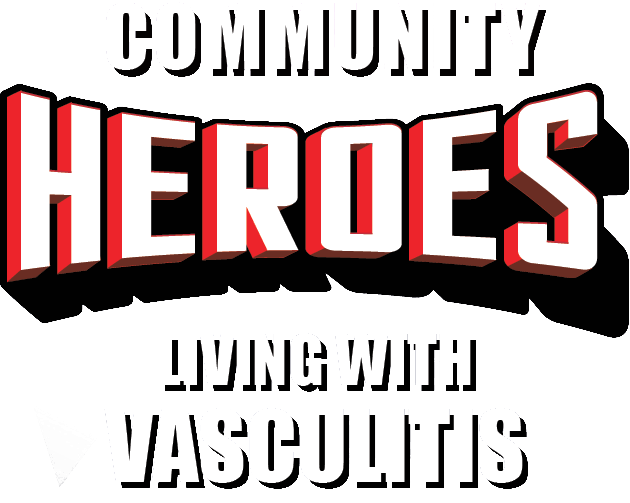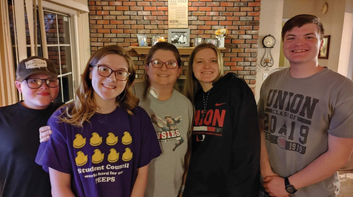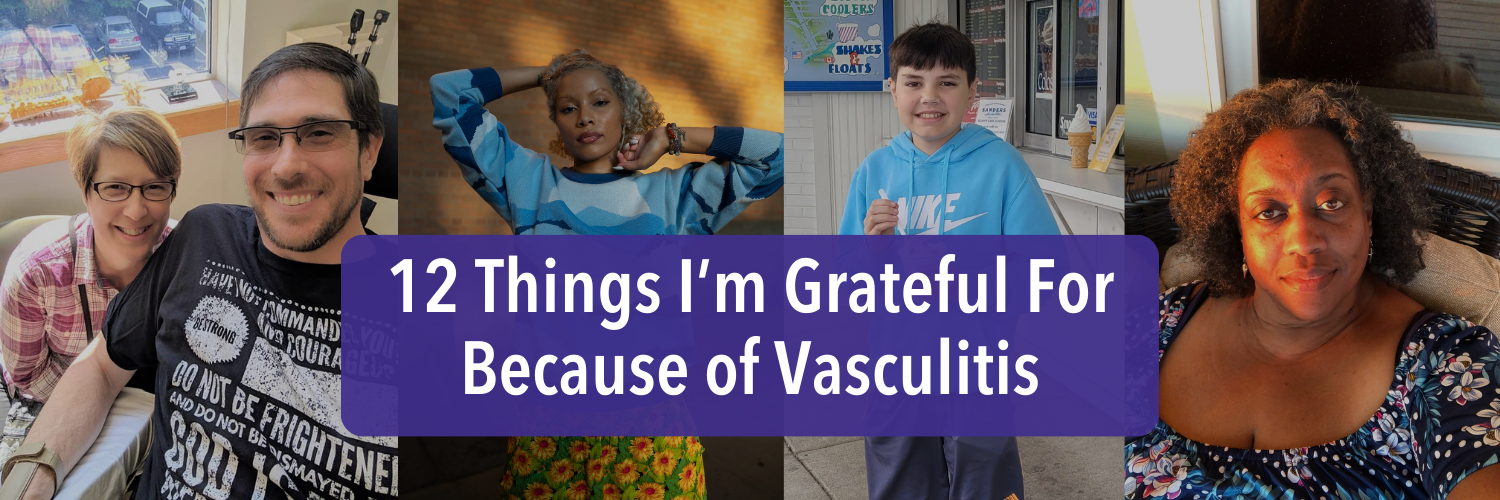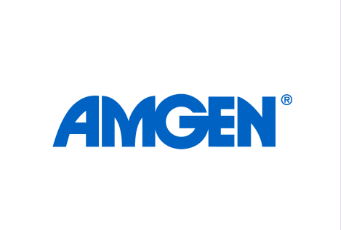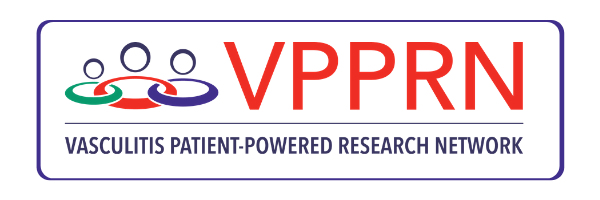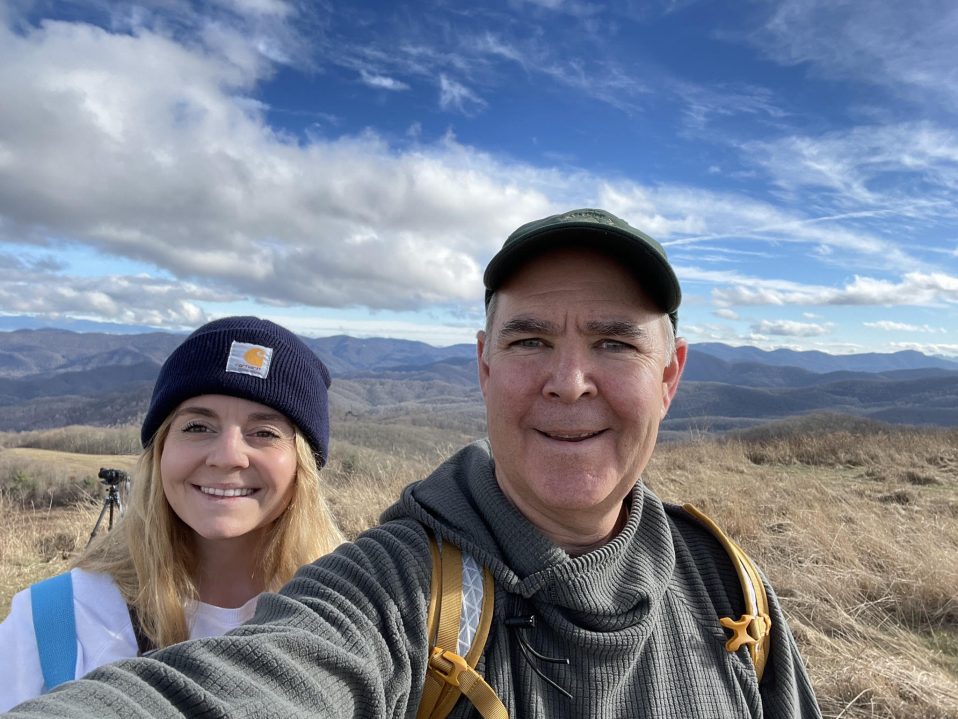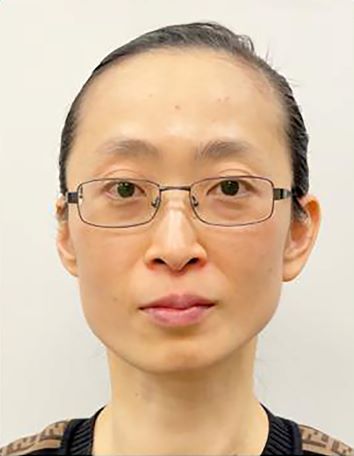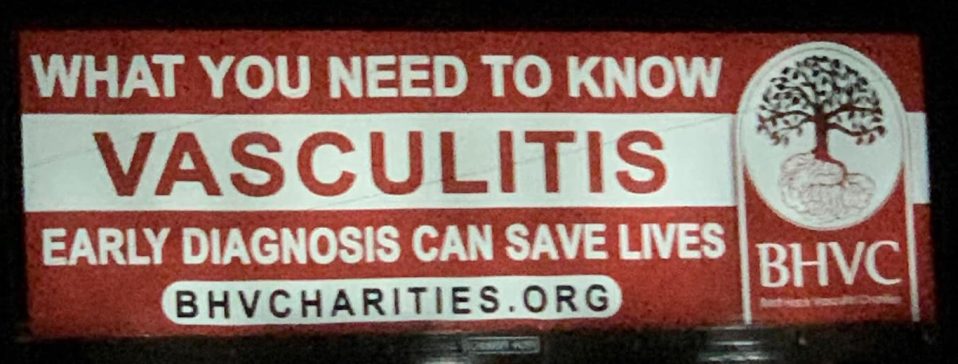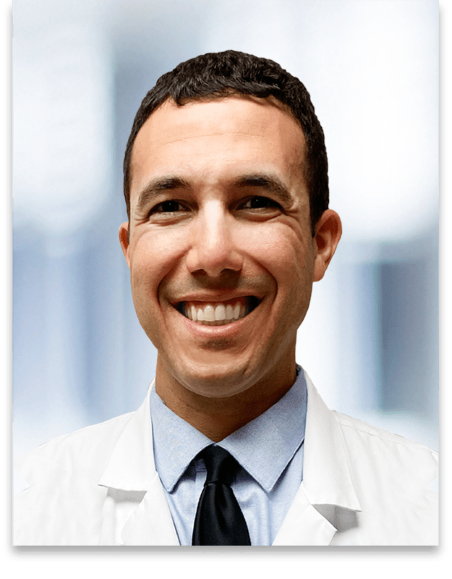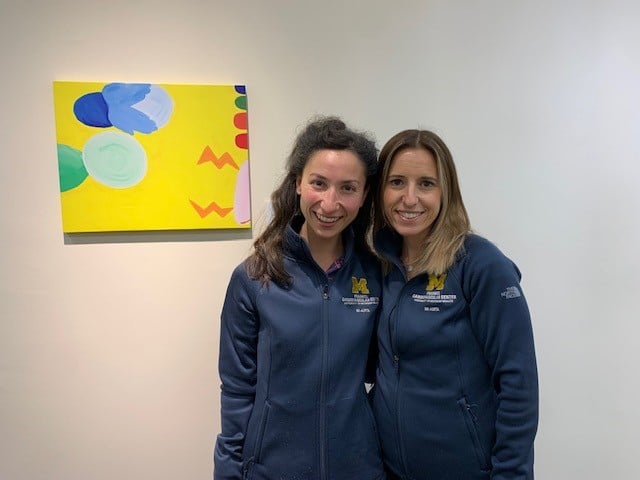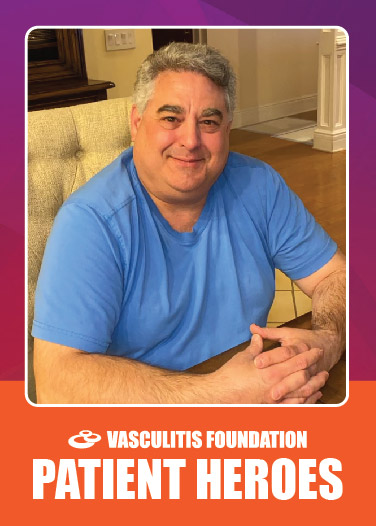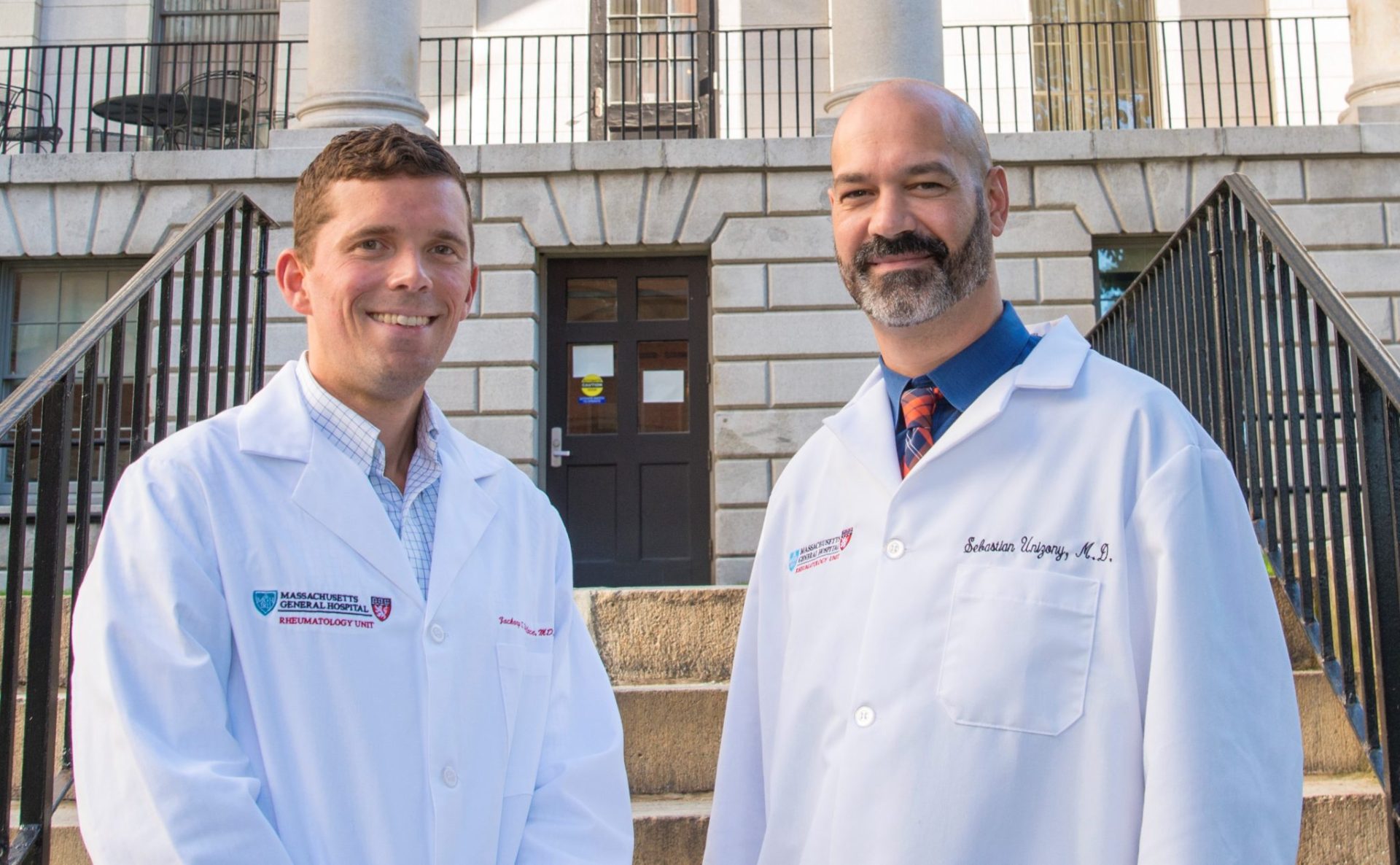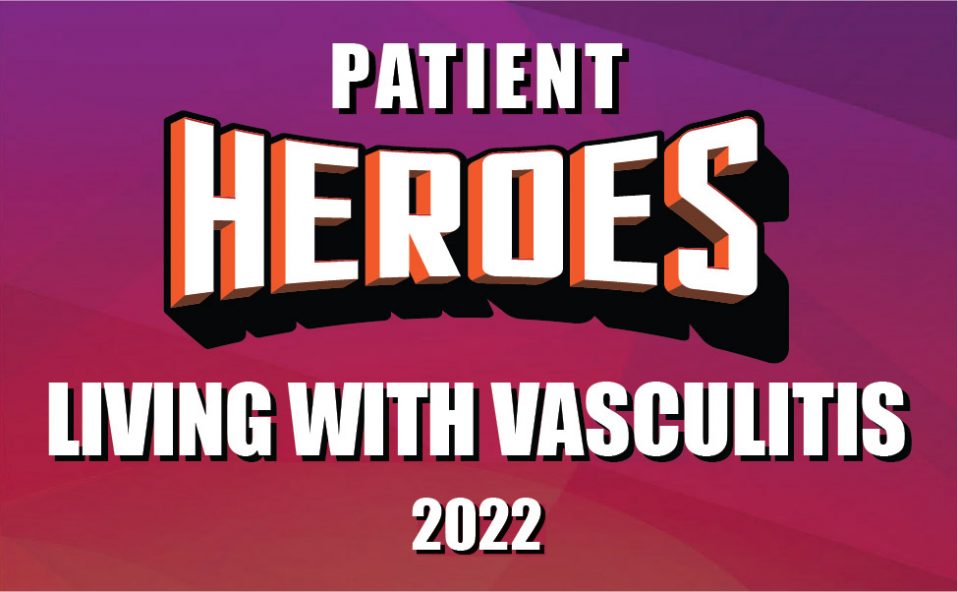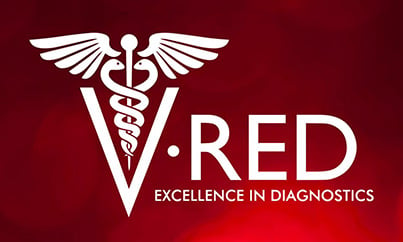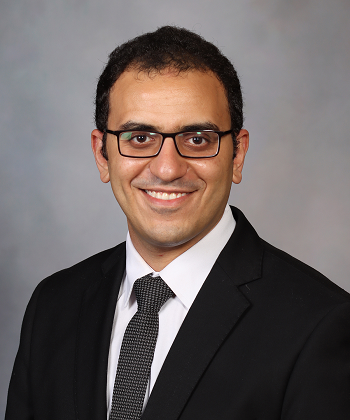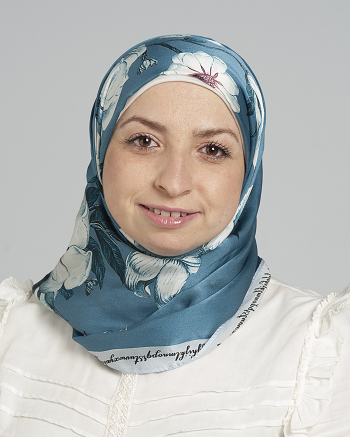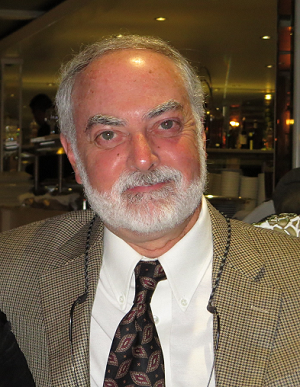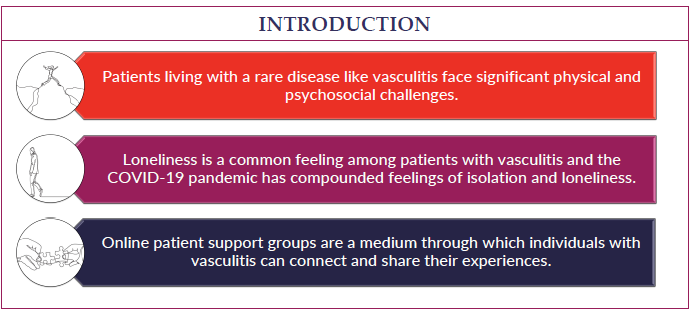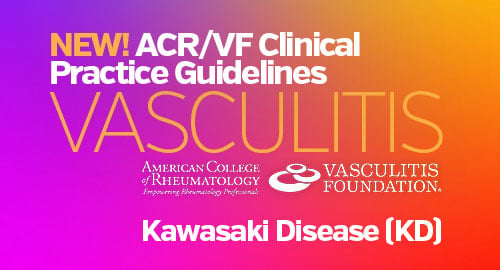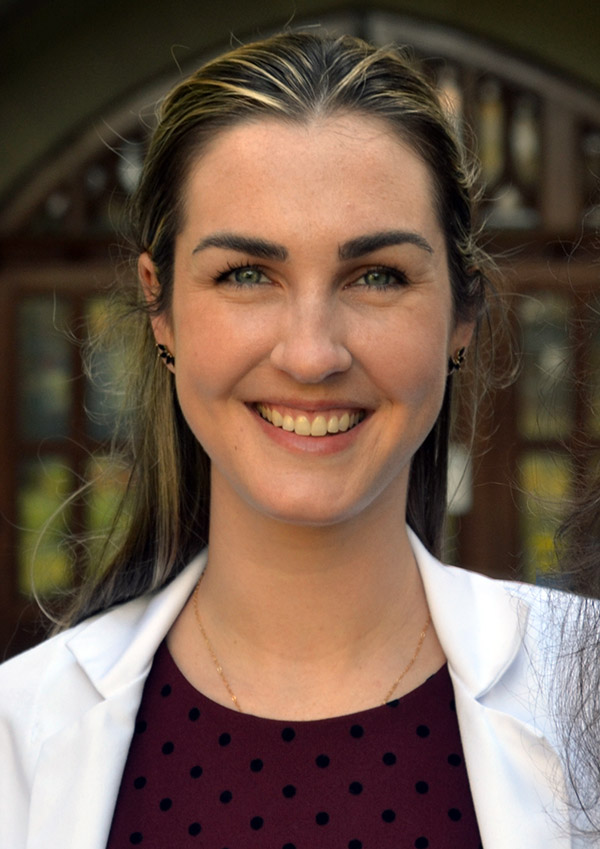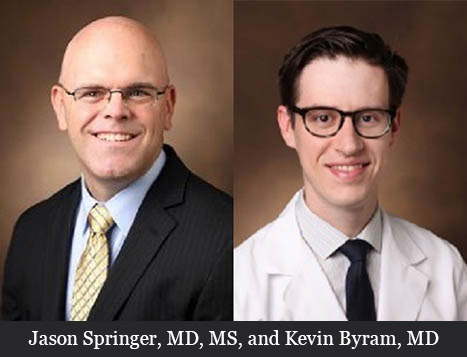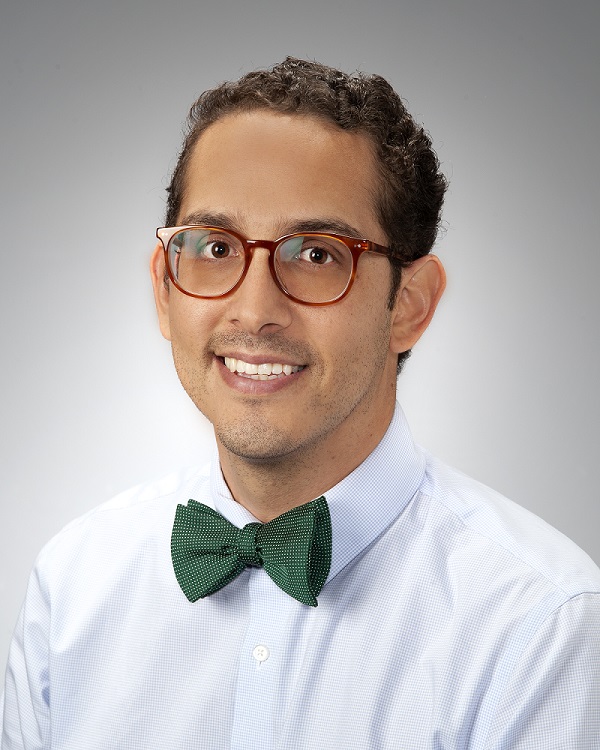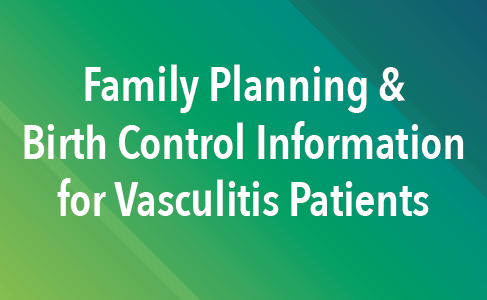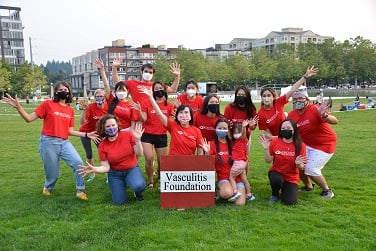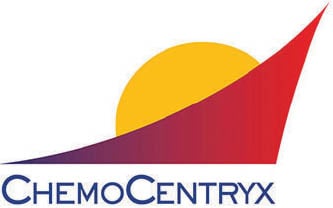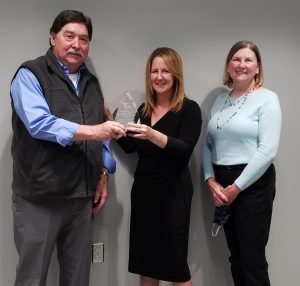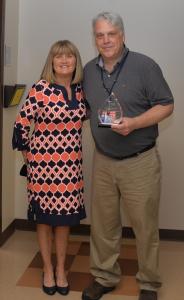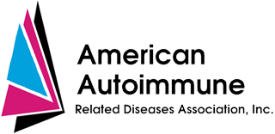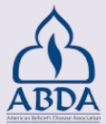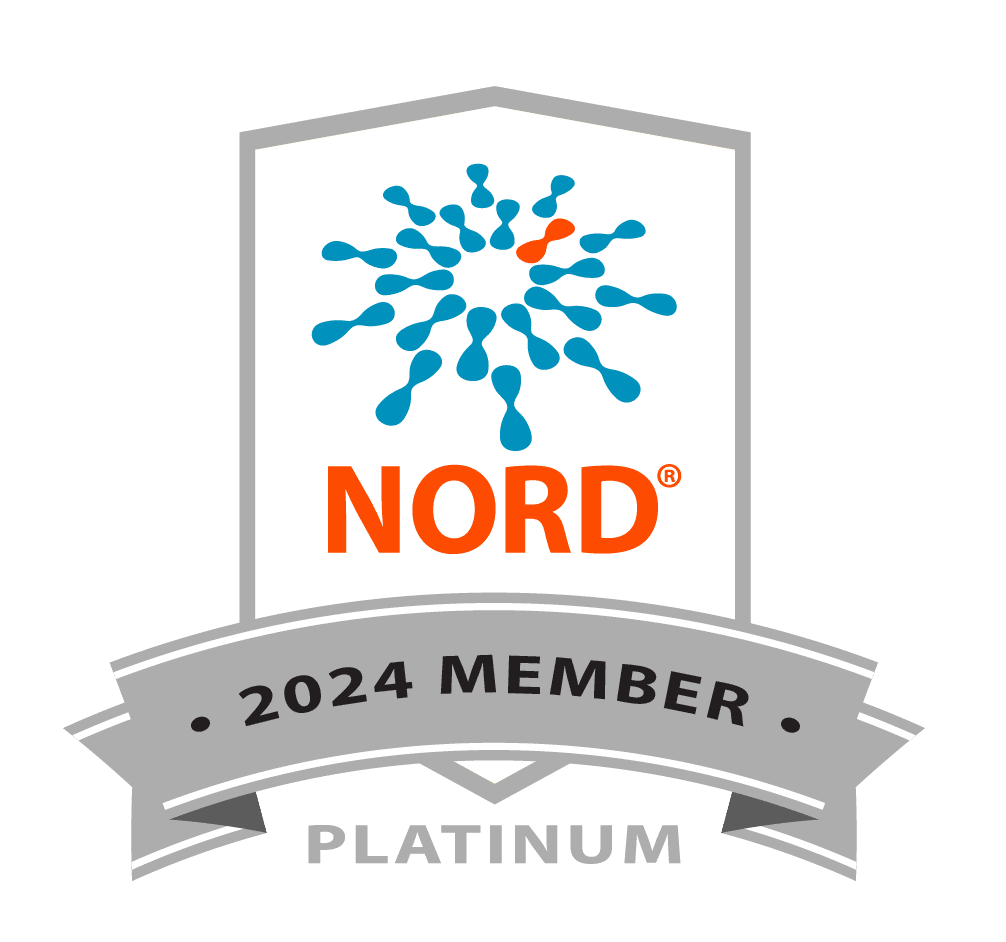Vasculitis Types
About Kawasaki Disease
Last Updated on February 5, 2024
Kawasaki disease is a form of vasculitis—a family of rare disorders characterized by inflammation of the blood vessels, which can restrict blood flow and damage vital organs and tissues. Kawasaki disease primarily occurs in children from 6 months to age 5. Also called mucocutaneous lymph node syndrome, the disease affects the mucus membranes, lymph nodes, and the coronary arteries that supply blood to the heart muscle. It is the leading cause of acquired heart disease in children in the United States.

Quick Facts
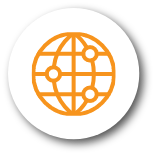
Unknown cases worldwide

4,000 US cases per year

Mostly in children under the age of 5
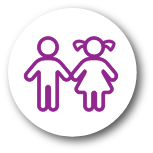
Estimated 15 per 100,000 in children under 5
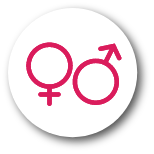
2 times more likely in males than females
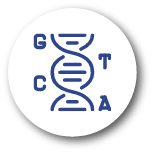
More common in Asian or Pacific Island descent
Kawasaki disease is a form of vasculitis—a family of rare disorders characterized by inflammation of the blood vessels, which can restrict blood flow and damage vital organs and tissues. Kawasaki disease primarily occurs in children from 6 months to age 5. Also called mucocutaneous lymph node syndrome, the disease affects the mucus membranes, lymph nodes, and the coronary arteries that supply blood to the heart muscle. It is the leading cause of acquired heart disease in children in the United States.
Common symptoms include fever, rash, swollen lymph nodes in the neck, inflammation of the mouth, nose, and throat; eye irritation and redness, swelling of the hands and feet, and peeling of the skin. On their own, these symptoms are rarely serious, and most children recover within a few weeks. However, one in four children with Kawasaki disease may develop serious heart problems.
Once diagnosed, early treatment is vital in reducing symptoms and minimizing heart damage. The standard treatment for Kawasaki disease includes intravenous immunoglobulin therapy (IVIG) plus aspirin, administered in a hospital. Most individuals respond well to IVIG, but some may require corticosteroids to control inflammation. Children diagnosed with Kawasaki disease will likely require follow-up medical care, particularly if the disease has affected the heart.
The cause of Kawasaki disease is not fully understood. Vasculitis is classified as an autoimmune disorder—a disease that occurs when the body’s natural defense system mistakenly attacks healthy tissue. The inflammatory process in vasculitis may be triggered by genetic or environmental factors, medication or vaccine reactions, or an infection. It appears that children of parents who have had Kawasaki disease are twice as likely to develop the disease compared to the general population, but the genetic link is still not well-understood. The disease tends to occur in outbreaks, indicating a virus may play a role in Kawasaki disease.
Kawasaki disease is considered a rare disease that almost always affects children under the age of 5. In very rare cases, the disease may occur during adolescence or adulthood. Boys are almost twice as likely to develop the disease as girls.
The disease is reported around the world, but the highest incidence is in Japan. It can occur in any racial or ethnic group, but children of Asian or Pacific Island descent have higher rates of the disease. Estimates indicate approximately 4,000 cases of Kawasaki disease are diagnosed each year in the United States, mostly frequently among children of Asian-American background. The disease occurs year-round but is mostly seen in winter and early spring.
The first signs of Kawasaki disease are usually a persistent high fever and irritability. The fever can range from moderate (101-103°F), to high (104°F and above), and lasts five days or more. Your child may also have the following symptoms:
- Swollen mouth, nose, and throat (including red, cracked lips and a red swollen tongue)
- Swollen lymph nodes in the neck
- Bloodshot eyes
- A rash on the trunk of the body and groin
- Swollen hands and feet
- Peeling of the skin on the hands and feet, especially the tips of the fingers and toes
- Joint pain, diarrhea, vomiting and stomach pain
The most serious complication is heart involvement caused by inflammation of the coronary arteries (vessels that bring blood to the heart muscle). This can result in aneurysms (an abnormal bulging of the arteries that can rupture). Other potential complications include inflammation of the heart muscle, heart valve problems or, very rarely, heart attack.
There is no single test for diagnosing Kawasaki disease, so your child’s doctor will consider several factors including a detailed medical history, physical examination, laboratory tests, specialized imaging studies, and, when indicated, a biopsy of an affected tissue or organ.
The presence of classic symptoms helps point to a diagnosis of Kawasaki disease including fever lasting at least five days, and at least four of five of the following:
- Swollen lymph nodes
- Bloodshot eyes
- Swollen lips/mouth/tongue
- Swollen hands and feet
- Rash
The doctor will try to rule out other causes of fever or diseases with similar symptoms such as measles, scarlet fever, Rocky Mountain spotted fever, and juvenile rheumatoid arthritis.
If Kawasaki disease is suspected, your child’s doctor will likely order blood and urine tests, as well as imaging tests to look for changes or damage to the heart. Common diagnostic tests to detect potential heart involvement include the echocardiogram (a cardiac ultrasound), which checks the heart valves and function; and electrocardiogram (EKG), which records the electrical activities of heart muscle. Echocardiograms or other diagnostic tests may need to be repeated at certain intervals to monitor for heart damage following recovery from this disease.
To prevent complications, treatment should begin as soon as possible after diagnosis, ideally within the first 10 days. Most children with Kawasaki disease require treatment in a hospital. Standard treatment includes high doses of IVIG, a human blood protein that helps prevent damage to the heart blood vessels, if given early in the disease. Aspirin is given to reduce fever, rash, joint swelling, and pain. (Note: Never give aspirin to your child without a doctor’s orders. Aspirin use in children and teenagers has been associated with Reye’s syndrome, a rare but serious condition that causes swelling in the brain and liver.)
Patients usually improve significantly within 24 hours of treatment with IVIG. However, some patients may need to take glucocorticoids or other immunosuppressant medications if initial treatments aren’t working. Rarely, surgery may be required to repair damaged heart blood vessels.
In 2021 the American College of Rheumatology (ACR) published guidelines for the management of certain vasculitides, that were also endorsed by the Vasculitis Foundation (VF). Clinical practice guidelines are developed to reduce inappropriate care, minimize geographic variations in practice patterns, and enable effective use of health care resources. Guidelines and recommendations developed and/or endorsed by the ACR are intended to provide guidance for particular patterns of practice and not to dictate the care of a particular patient. The application of these guidelines should be made by the physician in light of each patient’s individual circumstances. Guidelines and recommendations are subject to periodic revision as warranted by the evolution of medical knowledge, technology, and practice.
The medications used to treat Kawasaki disease have potentially serious side effects, so it is important to monitor your child’s symptoms and report them to the doctor. Infection prevention is also very important. Talk to the doctor about age-appropriate vaccinations, which can reduce your child’s risk of infection.
Even with effective treatment, relapses can occur with Kawasaki disease. If your child’s fever or other symptoms return, report them to the doctor as soon as possible. Regular checkups and ongoing monitoring of laboratory and imaging tests are important in detecting relapses or new organ involvement.
Effective treatment of Kawasaki disease may require the coordinated efforts and ongoing care of a team of medical providers and specialists. In addition to a pediatrician or primary care doctor, your child may need to see the following specialists:
- Pediatric cardiologist (specialist in diagnosis and treatment of heart disorders in children) Pediatric or adult infectious disease specialist (to help rule out infectious disease as a cause of fever)
- Pediatric or adult rheumatologist (joints and immune system)
- Pediatric dermatologist (skin) or others as needed
The best way to manage Kawasaki disease is to actively partner with your child’s health care providers. Get to know the members of the health care team. It may be helpful to keep a health care journal to track your child’s medications, symptoms, test results, and notes from doctor appointments in one place. To get the most out of doctor visits, make a list of questions beforehand and bring along a supportive friend or family member if necessary to provide a second set of ears and take notes.
Remember, it’s up to you to be your child’s advocate. If you have concerns about the treatment plan, be sure to speak with the medical team. It’s always your right to seek a second opinion.
The majority of children with Kawasaki disease experience a full recovery. However, one in four may develop serious heart problems, so early diagnosis and treatment are critical in preventing heart damage. A very small percentage of patients die of complications from coronary blood vessel inflammation. Patients with Kawasaki disease should have follow-up echocardiograms and checkups to screen for ongoing heart problems.
Kawasaki Disease Videos
Kawasaki Disease: Two Patient Stories 2023


